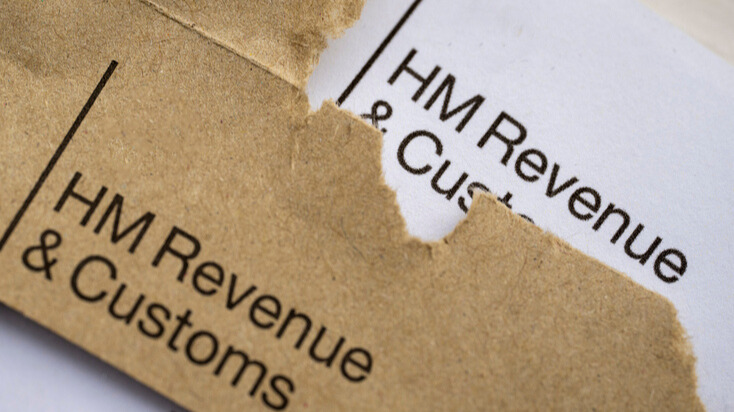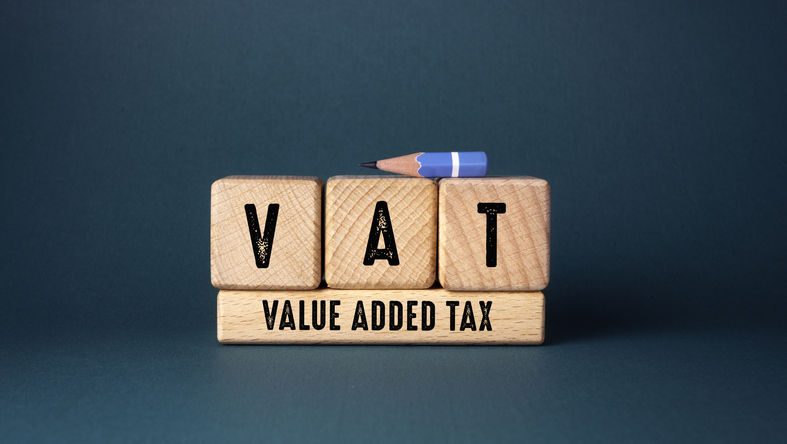In April 2016, there were big changes to the way dividend income was taxed. The previous system of treating dividends as ‘tax paid’ in the hands of shareholders was scrapped. Instead, a £5,000 tax-free limit for dividend income and new rates of tax on dividends above that was introduced.
The impact of these changes falls particularly on smaller businesses, where owner-managers take income from their companies as a mixture of salary and dividends. Clive Lewis, ICAEW head of enterprise says, ‘Many small companies and their owners will pay more tax and NIC (dependent on the salary and dividend amounts they decide on). Along with the National Living Wage and auto-enrolment, the changes to dividend taxation are an additional regulatory burden for SMEs.’
In the old system, dividends were received with a notional tax credit – one-ninth of the dividend – and higher rate taxpayers had to pay some extra tax on top of that. The new system gives each taxpayer a new dividend tax-free allowance of £5,000. Dividend income in excess of £5,000 (and after using up any remaining personal allowance) is taxed at 7.5 per cent for basic rate taxpayers, 32.5 per cent for higher rate taxpayers and 38.1 per cent for those on the highest incomes who pay additional rate income tax.
The following comparison illustrates the possible effect of the dividend tax changes:
2015/16
|
Profit |
Sole trader |
Limited company |
Difference |
|
£30,000 |
£6,000 |
£4,388 |
£1,612 |
|
£40,000 |
£8,900 |
£6,388 |
£2,512 |
|
£50,000 |
£12,790 |
£9,053 |
£3,737 |
|
£75,000 |
£23,290 |
£19,053 |
£4,237 |
(Figures include assumptions such as salary to the sole director of a limited company of £8,000 (to minimise National Insurance costs) and remaining profits distributed as dividends which may not always apply)
2016/2017
|
Profit |
Sole trader |
Ltd company |
Difference |
|
£30,000 |
£5,920 |
£5,109 |
£811 |
|
£40,000 |
£8,820 |
£7,709 |
£1,111 |
|
£50,000 |
£12,630 |
£10,309 |
£2,321 |
|
£75,000 |
£23,130 |
£21,462 |
£1,668 |
(The figures for 2016/17 include some assumptions about tax and NIC rates for 2016/17 which could alter in the March 2016 budget).
From April 2016, choosing to use a limited company could be less tax efficient. But business structures don’t just depend on tax considerations and each situation is different. And moving from a limited company to an unincorporated business structure could have its own implications.
Directors and shareholders limited companies should speak to their accountant about your remuneration strategy and whether you should get dividends paid on or before April 5th 2016.





